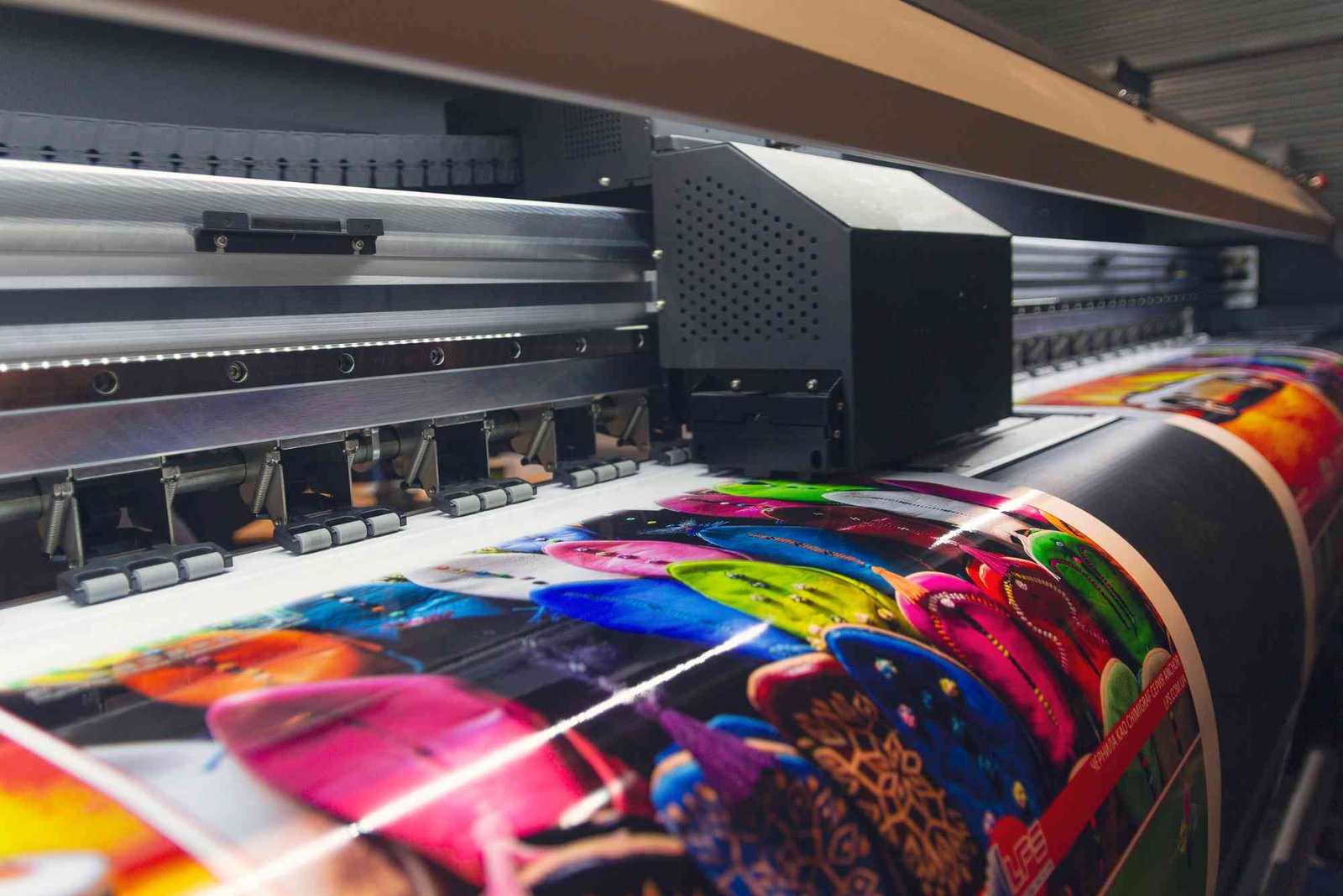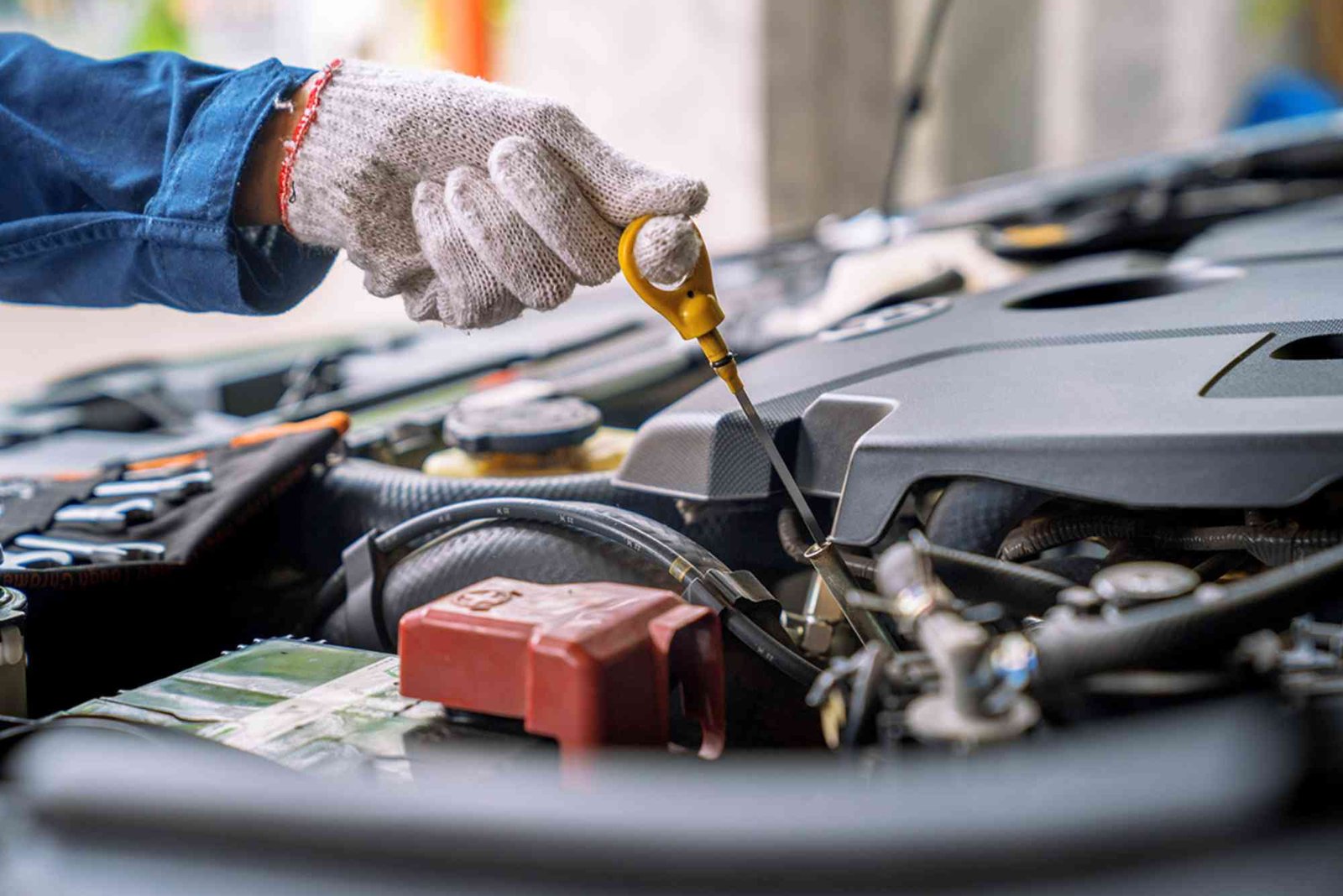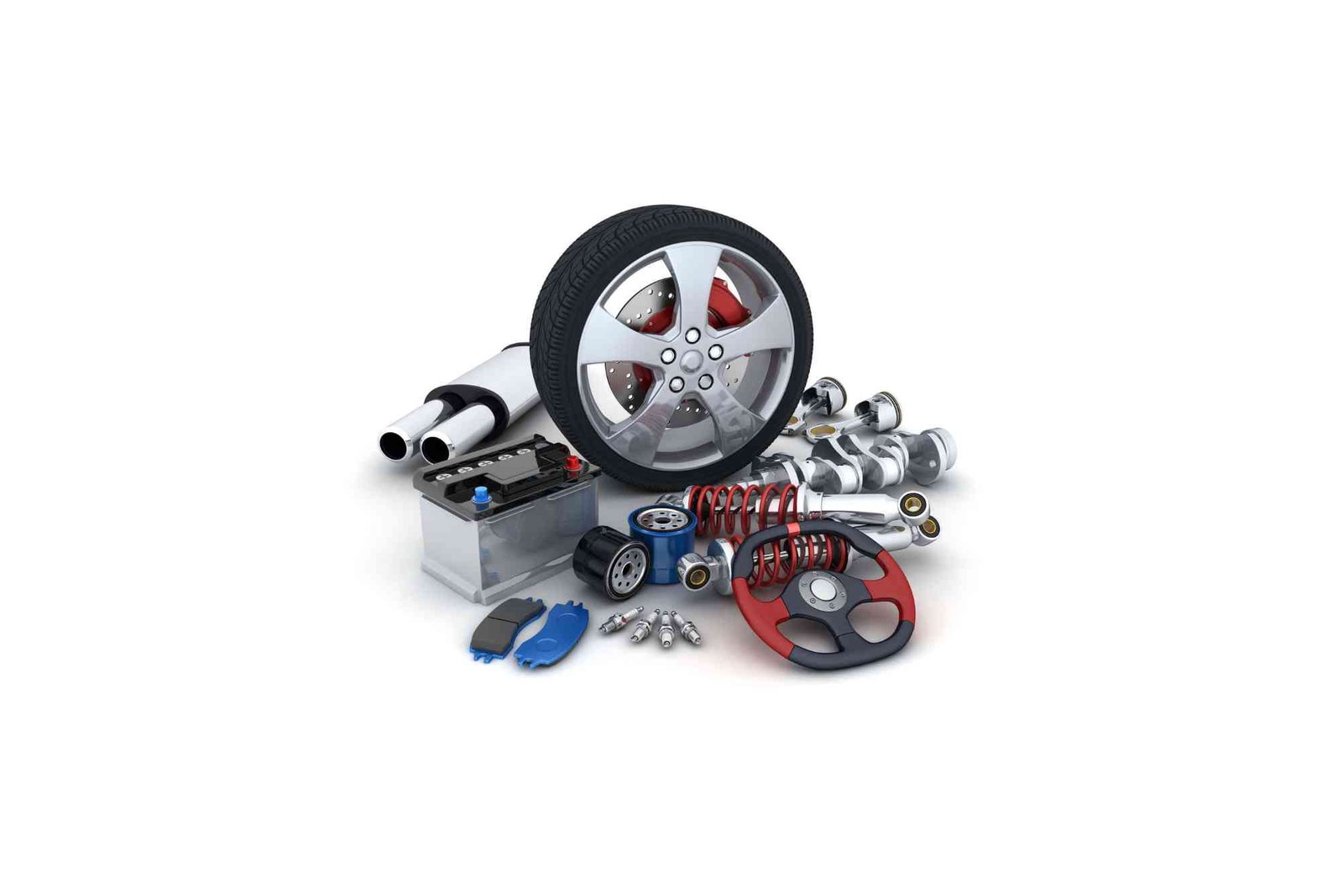Digital Image Printing — Complete Guide & Expert Tips
Digital image printing has revolutionized how we preserve and share memories. From personal photo albums to professional portfolios, this modern technique ensures every pixel captures color, clarity, and emotion. Whether you’re an artist, photographer, or hobbyist, understanding digital image printing helps you bring digital creations to life with precision and impact.
What Is Digital Image Printing?
Digital image printing is the process of producing high-quality prints directly from digital files. Unlike traditional film-based methods, it doesn’t require negatives or plates. The image is sent directly from a computer to a printer, ensuring fast, precise, and vibrant output.
This technique uses advanced printers capable of handling various materials — from photo paper to canvas and even metal. The result? Professional-grade prints suitable for personal use, exhibitions, and commercial projects.
The Evolution of Digital Image Printing
Initially, photo printing required chemical processing and darkrooms. With digital photography’s rise, printing technology evolved to match. Today’s printers deliver microscopic ink droplets and accurate color calibration, producing images that rival lab-developed prints.
The shift from analog to digital has also made printing more accessible. Anyone with a computer and printer can now produce gallery-quality results without special equipment or chemicals.
How Digital Image Printing Works
Image Preparation
Before printing, the image must be edited for color balance, resolution, and sharpness. Software like Adobe Photoshop or Lightroom helps fine-tune details, ensuring the print matches what’s displayed on screen.
Printer and Ink Technology
High-end digital printers use either inkjet or laser technology. Inkjet printers excel at photo reproduction, offering deep color depth and smooth gradients. Laser printers, on the other hand, are ideal for high-volume text and graphic work.
Substrate Selection
The printing surface dramatically affects the final look. Glossy paper offers vibrant results, while matte finishes reduce glare and provide a soft aesthetic. Canvas, metal, and acrylic options give creative flexibility for artists and designers.
Printing and Finishing
Once the file is ready and the substrate selected, printing begins. Afterward, finishing touches like lamination, framing, or mounting can enhance durability and presentation.
Benefits of Digital Image Printing
Digital image printing offers several advantages that make it the go-to choice for professionals and enthusiasts alike.
Accuracy and Quality
Every print mirrors the original file. Modern color management systems ensure that what you see on your monitor is what you get in print.
Speed and Convenience
No darkrooms or chemicals are needed. You can print directly from your digital device, making the process fast and eco-friendly.
Customization
Choose from different paper textures, finishes, and sizes. Whether it’s a small family photo or a large art piece, customization is endless.
Cost-Effective for Small Runs
Unlike traditional offset printing, digital printing doesn’t require expensive setup. It’s ideal for short runs and one-off prints.
Comparing Digital Image Printing and Traditional Printing
Traditional printing involves time-consuming steps and higher costs for small quantities. Digital printing, however, is immediate and adaptable. You can print a single image or hundreds without wasting materials or time.
Moreover, traditional methods often struggle with subtle color gradients, while digital printing captures even the finest shades, making it perfect for photography and detailed artwork.
Best Practices for Stunning Digital Prints
Use High-Resolution Images
Ensure your image resolution is at least 300 DPI (dots per inch). Low-resolution files can result in blurry or pixelated prints.
Calibrate Your Monitor
Color discrepancies between your monitor and print can ruin results. Calibrating your monitor ensures color accuracy across devices.
Choose the Right Paper
Paper quality influences texture and tone. For portraits, use glossy or satin finishes; for landscapes, matte or textured papers provide a natural look.
Test Before Final Printing
Print small test strips to evaluate color, brightness, and contrast. Minor adjustments can make a major difference in the final output.
The Role of Digital Photo Printing in Modern Art and Design
Digital image printing isn’t limited to photos. Artists use it to reproduce digital paintings, create posters, and print on unconventional materials. Graphic designers leverage this method for prototypes, marketing visuals, and exhibitions.
This technique also ensures reproducibility — meaning the same image can be printed consistently across different sizes and surfaces. It bridges the gap between digital creativity and tangible art.
If you’re interested in expanding your creative skill set, check out this Digital Photo Printing resource for in-depth tutorials and insights into visual media trends.
Environmental Impact and Sustainability
Modern digital printing minimizes waste compared to chemical-based methods. Printers use eco-friendly inks, recyclable paper, and energy-efficient systems. Some printing companies even offer carbon-neutral services, reducing environmental footprints without compromising quality.
Digital Image Printing for Businesses
Businesses rely on digital image printing for branding materials, packaging, signage, and promotional graphics. Its flexibility and cost efficiency make it perfect for small to medium-sized enterprises.
High-resolution prints enhance professionalism and visual appeal — from brochures to trade show banners. The ability to personalize every print boosts engagement and brand loyalty.
For marketing professionals, understanding digital printing can also support a broader digital strategy. Explore this Related Blog article to see how digital tools can strengthen your brand’s visibility and audience connection.
Common Mistakes to Avoid in Digital Printing
While digital printing is efficient, small errors can impact quality.
-
Ignoring Color Profiles: Always use CMYK mode for print. RGB is for screens and can distort colors.
-
Using Low-Quality Files: Avoid images saved in compressed formats like low-quality JPEGs.
-
Skipping Proofing: Always preview before printing. It prevents misalignment and color mismatches.
-
Over-Saturation: Over-editing can make prints look artificial. Keep tones natural.
By avoiding these mistakes, you’ll ensure your digital image printing results are professional and precise.
Future of Digital Image Printing
The future looks promising. With advancements in AI, 3D printing, and sustainable inks, digital printing is evolving rapidly. We can expect more accurate color rendering, smart print automation, and deeper integration with digital art software.
Additionally, hybrid printing — combining digital and analog techniques — is emerging as a creative trend, blending technology with artistic craftsmanship.
For ongoing innovations and research, you can Learn more about digital imaging technologies and their impact on various industries.
FAQs
What is the best resolution for digital image printing?
For professional-quality results, 300 DPI is recommended. This ensures fine details and sharpness are maintained.
Can I print photos directly from my smartphone?
Yes. Most modern printers support wireless printing, allowing you to print images directly from your phone with high accuracy.
What is the difference between inkjet and laser printing for images?
Inkjet printers are ideal for photos and graphics due to their color accuracy and smooth gradients. Laser printers are better for text-heavy documents.
Is digital image printing expensive?
It’s affordable for small quantities and offers flexible pricing for bulk orders. The absence of setup costs makes it cost-efficient.
Which paper type is best for photo printing?
Glossy paper delivers vibrant colors, while matte provides a more natural and glare-free finish.
Digital image printing empowers you to transform pixels into tangible art. It combines technology, creativity, and precision to produce lasting visual impressions. Whether you’re printing memories, artworks, or marketing materials, this method guarantees vivid, long-lasting results.




